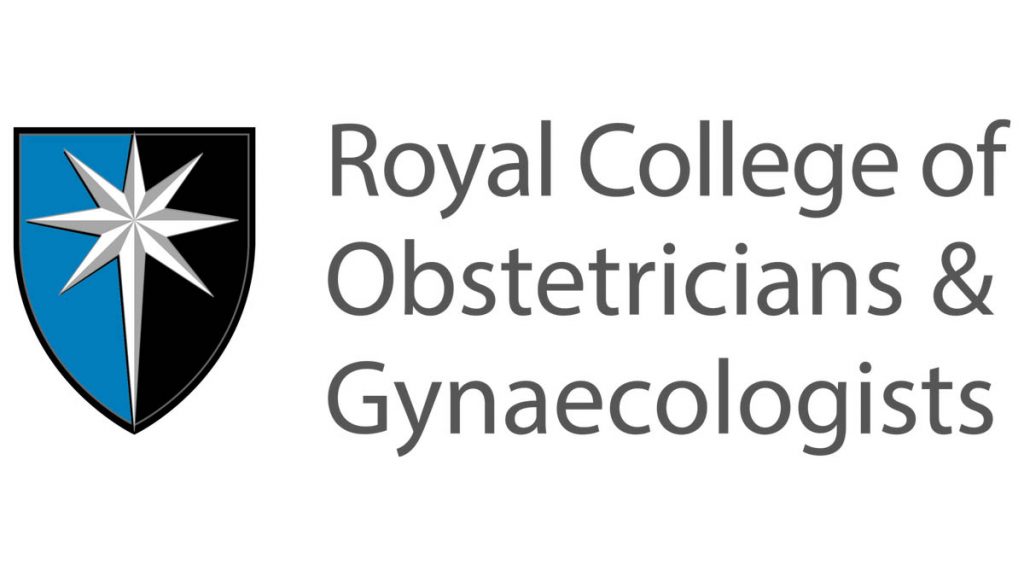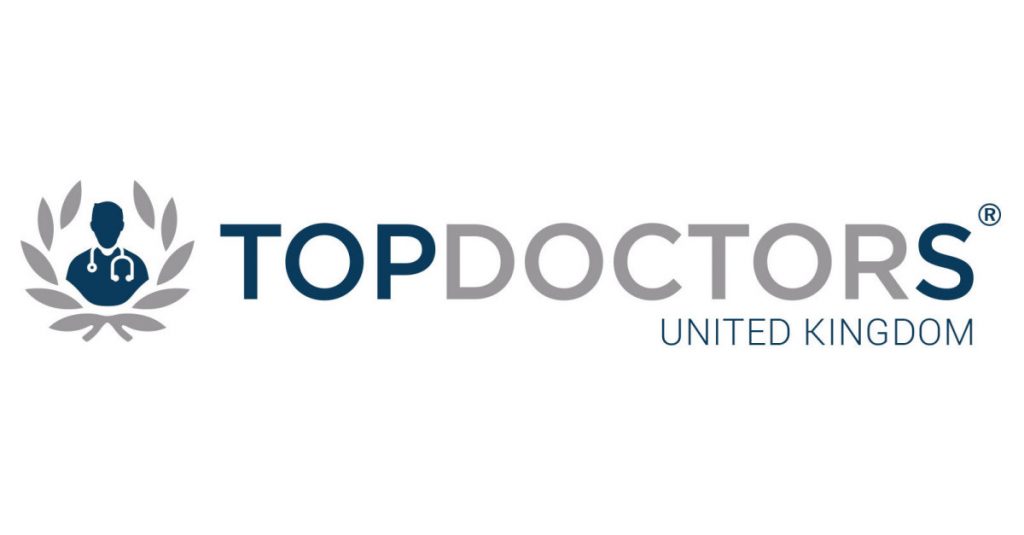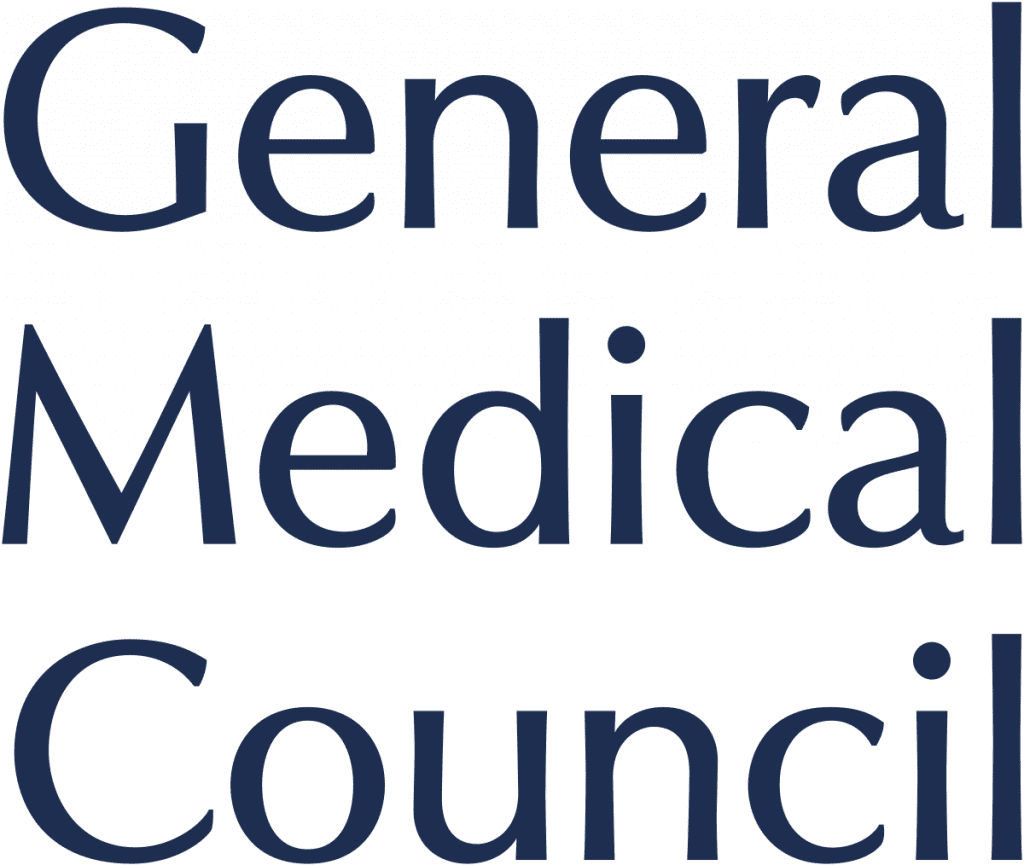Request A Consultation
Please complete the below form to book a face to face consultation with Dr Nadia Yousri.

Dr. Nadia Yousri offers treatment options for Lichen sclerosus for both male and female patients at her Harley Street Clinic in London. Many patients suffer from this life-altering skin condition, some in silence, unknowing that they have treatment options open to them.
Lichen Sclerosus lesions often start as chronic skin inflammation, appearing as itchy white patches (leukoplakia). The affected skin becomes thin, resembling tissue paper, and can easily crack and bleed from light itching or even a gentle touch.
The inflammation and raw surfaces instigate fusion and scarring of adjacent parts. Wrinkling, tightening, and distortion of the whole affected area can follow.
Lichen Sclerosus affects the anogenital area as well as other parts of the body.
The treatment plan would include steps to prevent future attackas from developing, to be confident of your health and wellness at any stage of your life. When it comes to problems, early detection is often critical to successful treatment. For those ladies with family history of hereditary Gynaecological condition (Breast Ca genes BRCA1, BRCA2), they would require more wider assessment, specific screening tests and possibly counseling, and a timed surveillance plan.
It is thought that many patients, for one reason or another, suffer underdiagnosed and undertreated Lichen Sclerosus, with many patients suffering in silence throughout their lives.
The prevalence of Lichen Sclerosus is estimated between 1 in 300-800 individuals. About 10% of patients have other family members with the same condition.
The autoimmune disease is more common in women than men and occurs more often in adults than children.
Lichen sclerosus is mainly found in the anogenital area (intimate area) area but can also be found to be more generalised in its location. Extragenital involvement is reportedly present in 6% to 20% of patients.
The lesions of lichen sclerosus are found on the affected skin in the genital and anal areas of men and women. It affects five to ten times as many women (most frequently postmenopausal women) as men.
In men, LS affects the head of the penis (the glans) and the foreskin and anal region.
In women, LS lesions are found in the vulval structures (vaginal introitus, labia minora, clitoris, urethral opening, and lower part of vaginal canal) and also the anal area.
Anogenital Lichen Sclerosus often causes itching and pain due to easily cracked, thin skin. The ensuing scars cause the functional impairment can arise over the course of the condition (which runs as bouts) with clinical features such as erythema (redness), white skin changes such as hyperkeratosis (dryness) and scarring, and fissures (cracks).
Scratching or rubbing the affected skin elicits further pain and fissuring of the skin. The affected individual cannot wear tight or restrictive clothes nor do activities like cycling or horse riding until their symptoms have improved.
These features should arouse suspicion of Lichen Sclerosus, but the diagnosis should be confirmed with a skin biopsy. It should be said that even following successful treatment, symptoms may reoccur.
Lichen Sclerosus in Women
Lichen Sclerosus in women is manifested as painful, itchy, whitish, delicate skin patches that bleed on touch or by friction against tight closing (a cause of painful sexual intercourse)
The tissues lose their elasticity, and scarring ensues, causing more shrinkage and wrinkling, ending in severe tightening with distortion of the area.
Lichen Sclerosus in Men
In men, painful Erection or Erectile Dysfunction happens due to reduced blood inflow and scarring of the head of the penis (glans) and foreskin.
If LS scarring and tightness affect the area around the urine opening or the anus, this can cause discomfort when peeing or opening the bowels.
Anogenital Lichen Sclerosus often causes itching and pain due to easily cracked, thin skin. The ensuing scars cause the functional impairment can arise over the course of the condition (which runs as bouts) with clinical features such as erythema (redness), white skin changes such as hyperkeratosis (dryness) and scarring, and fissures (cracks).
Scratching or rubbing the affected skin elicits further pain and fissuring of the skin. The affected individual cannot wear tight or restrictive clothes nor do activities like cycling or horse riding until their symptoms have improved.
These features should arouse suspicion of Lichen Sclerosus, but the diagnosis should be confirmed with a skin biopsy. It should be said that even following successful treatment, symptoms may reoccur.
It is agreed that Lichen sclerosus can pose a treatment challenge to physicians and surgeons.
Treatment options for LS range from pharmacological to surgical, depending on the severity and location of the disease, patient and risk factors alone, and response to previous treatments.
Patients who suffer from require lifelong surveillance as it is linked to a slightly increased risk of developing other skin diseases and malignancies, specifically squamous cell carcinoma, a greater risk of getting skin cancer of the vulva, penis or anus. A future biopsy may be required of abnormal areas.
Symptoms to look for include a lump, a change in skin texture, such as thickening, or an ulcer of the genital area that does not go away.
Traditional medical management includes potent topical corticosteroids such as topical clobetasol ointment 0.05% to the area [vulva or glans penis] to be used twice daily for 1 month, at bedtime for 2 months and every other day for 3 months
Topical application of potent steroid creams are used to alleviate the severity of symptoms during bouts of reactivation but don’t help actually cure or halt the deterioration in the tissues caused by degenerative changes.
Oral medicine is less commonly prescribed as a treatment for lichen sclerosus. Oral medications are usually only given if the disease is not responding to topical steroids or other topical medications.
Surgical options are considered when cicatrisation and fibrosis occur, impairing the function and distorting the anatomy of the area.
Potential Surgical Indications in Women
Potential Surgical Indications in Men
The rationale for applying such procedures is to induce new tissue formation, replacing the damaged tissues.
Studies showed that CO2 Laser used for refractory Genital Lichen Sclerosus achieved successful results in women & men.5
A recent study done in 2022 that used a Fractional Micro-ablative CO2 Laser as Therapy for Penile Lichen Sclerosus showed a significant improvement in symptomatology after the first treatment session. Complete clinical remission was achieved 14 weeks after the last treatment.
Dr Nadia is a renowned expert in applying innovative non-surgical procedures aiming to stimulate the body to form regenerative tissues for the purpose of combatting disease.
Procedures like Plasma Injections, namely O-Shot (for women) and P-Shot (for men), Radiofrequency or Laser energy, achieve successful life-changing results. The purpose of these treatments is to form newer healthy tissues, replacing the damaged ones. These procedures are not the ultimate cure; hence, repeated sessions of other treatments are recommended to keep the vitality and functionality of the tissues longer to withstand the possible Lichen sclerosus and reactivation bouts and achieve remission of the disease.
Common symptoms include itching in the vulvar, genital, and anal areas, pain or discomfort during sexual intercourse, skin irritation, and easy bruising or breakage of the genital skin, even from light touching.
Please click on the button below to view before and after pictures of Lichen Sclerosus treatment







Doctor Nadia Yousri is Triple Qualified OB&GY Surgeon (FRCOG, MRCOG, PhD in OB&GY, Master Degree in OB&GY, DFSRH) is a highly qualified & experienced Obstetrician, Gynaecologist, Fertility, Sexual Wellness, Aesthetic Gynaecology & Regenerative Medicine Specialist Consultant. She is a Fellow of the Royal College of OB&GY- London since 2009. Her higher qualifications include PhD in OB&GY & Master degree in OB&GY & DFFP & University Lecturer Degree.
Please complete the below form to book a face to face consultation with Dr Nadia Yousri.